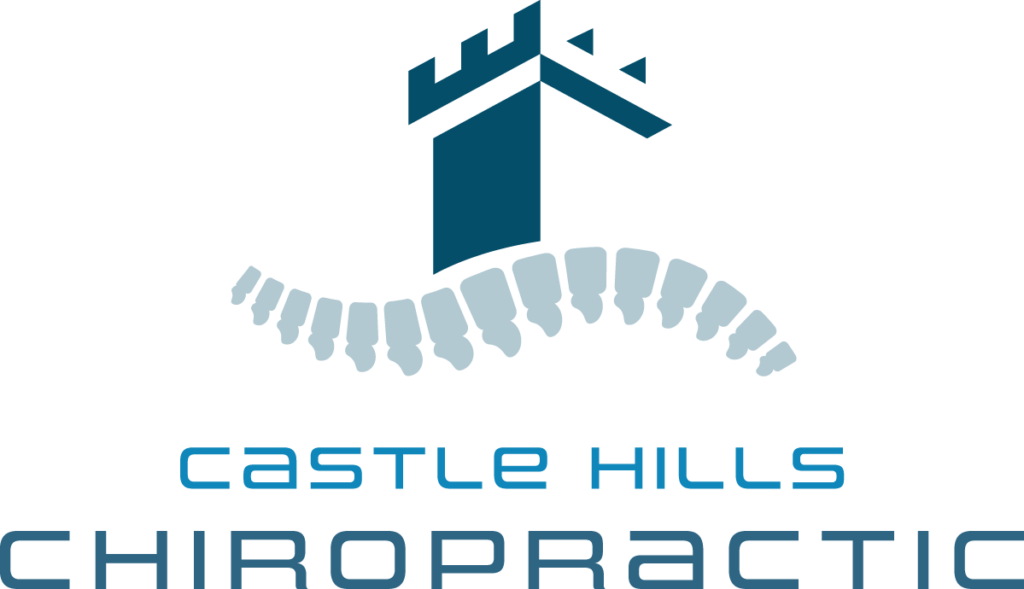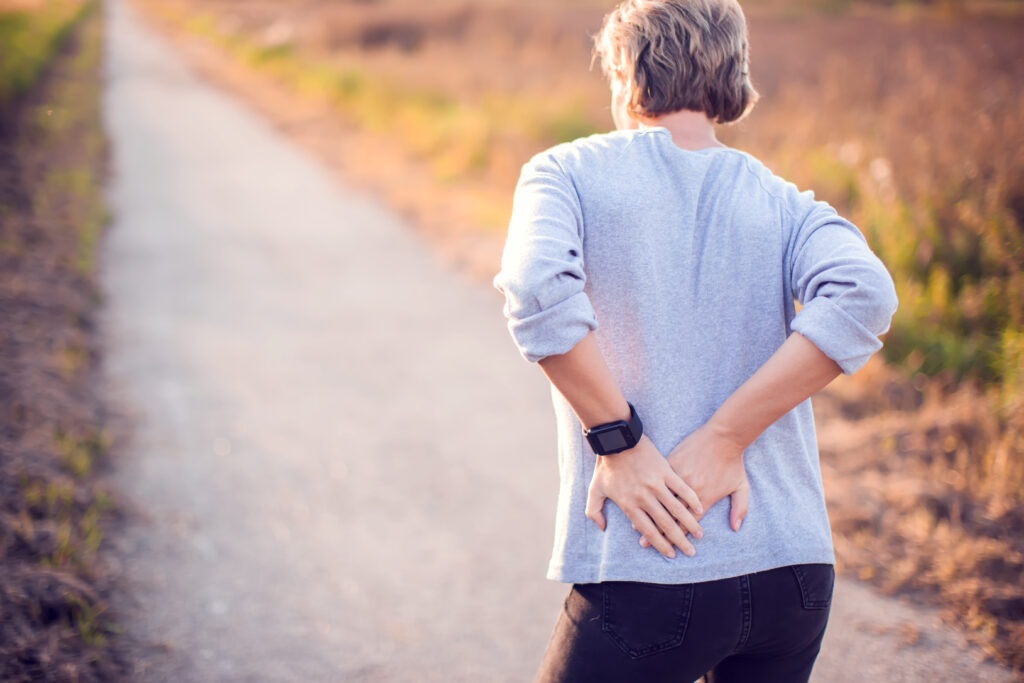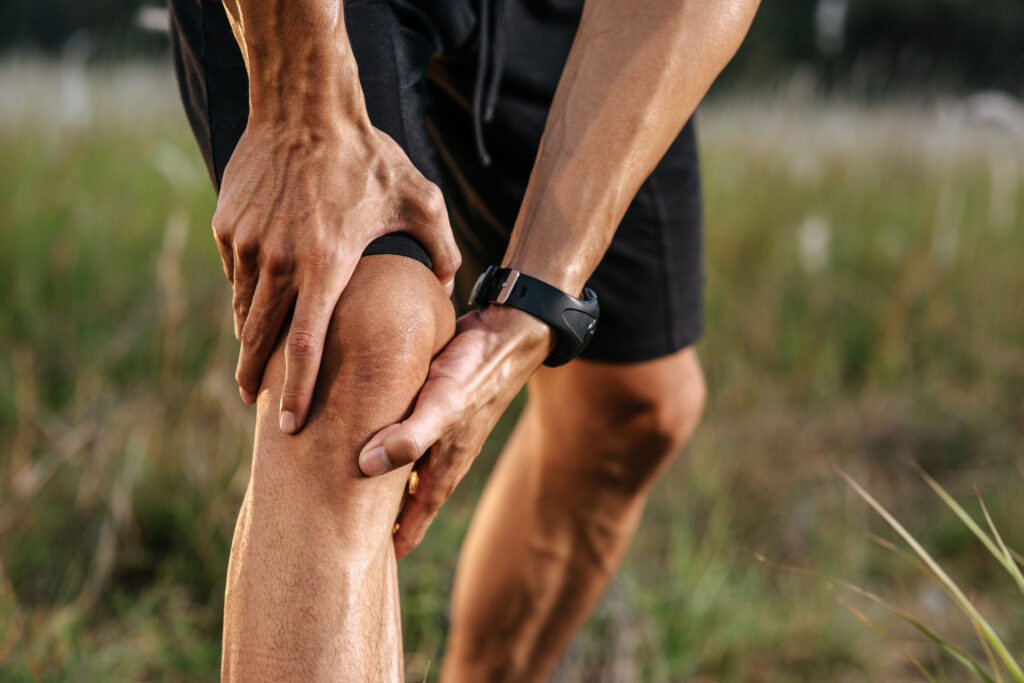You might find yourself grappling with lower back pain, dismissing it at first, just like I did. As it escalates, daily activities can become a struggle, pushing you to seek solutions. I faced the same crossroads and discovered that the path to relief involves more than just quick fixes. From exploring treatment options to understanding the vital role of nutrition and mental health, each step revealed new insights. What I learned transformed my approach to healing, and you might be surprised at what could help you regain your strength and mobility.
My Initial Struggles
When I first faced the challenges of lower back pain, it felt like an uninvited guest that overstayed its welcome. You remember those days when simple tasks turned into monumental challenges. Picking up a grocery bag or bending down to tie your shoes became exercises in frustration. Every movement seemed to spark a twinge or a sharp jab, making you question whether you'd ever feel comfortable again.
At first, you might've dismissed it, thinking it was just fatigue or a minor strain. But as the days turned into weeks, that nagging pain morphed into a constant companion. You tried to maintain your routine, but the discomfort grew more insistent.
Sitting at your desk became a test of endurance, and even your favorite activities lost their appeal. You'd find yourself avoiding outings with friends, not wanting to explain why you couldn't participate fully.
You might've felt a mix of anger and sadness, grappling with the limitations this pain imposed on your life. You began to realize how much you took your mobility for granted. Simple joys, like playing with your kids or going for a long walk, felt like distant memories.
In this struggle, you learned to appreciate the importance of listening to your body. Ignoring the signs only prolonged the discomfort. Acknowledging your pain was the first step toward understanding that you needed to find a solution, even if it meant facing some tough truths about your lifestyle.
Exploring Treatment Options
When it comes to relieving lower back pain, exploring treatment options is essential.
You might find physical therapy techniques helpful, or you could consider alternative therapies for a different approach.
Let's look at these options to see what fits your needs best.
Physical Therapy Techniques
Physical therapy techniques offer a range of effective treatments for lower back pain, focusing on both relief and long-term recovery. When you work with a physical therapist, you'll likely start with an assessment to identify the root cause of your pain.
They'll tailor a program specifically for you, incorporating various exercises that improve flexibility, strength, and posture.
One common technique is stretching, which helps to alleviate tension in tight muscles. You'll learn specific stretches that target the lower back and surrounding areas, promoting increased mobility.
Strengthening exercises are also essential; they help build the muscles that support your spine, reducing the risk of future injuries.
Additionally, manual therapy may be incorporated, where your therapist uses hands-on techniques to mobilize your joints and soft tissues. This can provide immediate relief and improve your overall function.
They'll also teach you proper body mechanics, so you can move more safely throughout your daily activities.
Alternative Therapies Overview
While physical therapy techniques provide solid foundations for managing lower back pain, many people explore alternative therapies to complement their treatment. These approaches can offer additional relief and enhance your overall well-being.
It's crucial to evaluate various options that might resonate with your personal preferences and needs.
Here's a brief overview of a few popular alternative therapies:
- Acupuncture: This ancient Chinese practice involves inserting thin needles into specific points on your body to relieve pain and promote healing. Many find it effective for reducing lower back discomfort.
- Chiropractic Care: Chiropractors focus on the alignment of your spine and musculoskeletal system. Regular adjustments can help alleviate tension and improve mobility, providing significant relief from pain.
- Massage Therapy: Therapeutic massage can target tight muscles and relieve stress. It promotes relaxation and increases blood flow, which aids in recovery and pain reduction.
Exploring these alternative therapies might help you discover new pathways to relief.
Always consult with your healthcare provider before trying new treatments to confirm they fit well with your existing care plan.
Understanding My Body
Understanding your body is vital for effectively managing lower back pain. You need to recognize how your body functions and what might be contributing to your discomfort. Pay attention to your posture, as poor alignment can strain your back muscles and spine. Notice how you sit, stand, and move throughout your daily activities. When you're aware of these habits, you can make adjustments that may alleviate pain.
Additionally, learn to identify your body's unique signals. Are there specific movements or positions that exacerbate your pain? By pinpointing these triggers, you can avoid them and prevent further injury. Keeping a pain diary can help you track patterns and better understand the connection between your activities and your pain levels.
It's also important to reflect on your muscle strength and flexibility. Weak or tight muscles can contribute to lower back pain, so understanding your physical capabilities is key. Take note of any imbalances; for instance, if one side feels stronger than the other. This awareness can guide you in targeting specific areas for improvement.
Lastly, don't overlook the impact of stress on your body. Stress can lead to muscle tension, further aggravating your back pain. Recognizing this connection allows you to address stress management techniques that could provide relief.
The Role of Exercise
When it comes to managing lower back pain, exercise plays an essential role in your recovery.
Strength training helps build the muscles that support your spine, while stretching improves flexibility, reducing tension.
Incorporating low-impact cardio activities can also enhance blood flow, promoting healing and overall well-being.
Importance of Strength Training
Strength training plays an essential role in alleviating lower back pain by building the muscles that support your spine. When you strengthen your core, hips, and back, you create a more stable foundation for your body. This stability can help reduce strain on your lower back, leading to less pain and discomfort.
Incorporating strength training into your routine offers several benefits:
- Improved Posture: Stronger muscles help maintain proper alignment, reducing the risk of slouching and related pain.
- Enhanced Functional Strength: Everyday activities become easier when your muscles are strong, preventing overexertion and strain on your back.
- Injury Prevention: Building muscle resilience can protect your back from injuries during physical activities.
To get started, consider exercises like planks, deadlifts, and bridges, which target key muscle groups. Aim for consistency, but listen to your body. If you experience pain, adjust your routine or consult a professional.
Stretching for Flexibility
Incorporating stretching into your routine can greatly enhance flexibility, which is vital for relieving lower back pain. When you stretch regularly, you improve the elasticity of your muscles and tendons, allowing for a greater range of motion. This increased flexibility can help you perform daily activities without discomfort, reducing the strain on your lower back.
Focus on key stretches that target the hip flexors, hamstrings, and lower back muscles. Simple stretches like the child's pose, seated forward bend, and knee-to-chest can markedly alleviate tension in your back. Aim to hold each stretch for at least 20-30 seconds, breathing deeply to allow your muscles to relax further.
Incorporating these stretches into your daily routine can also help prevent stiffness and promote better posture, which is essential for back health. Remember to listen to your body; if you feel pain, ease off and modify the stretch.
Consistency is key, so set aside time each day to focus on flexibility. By prioritizing stretching, you're taking an active step towards long-term relief from lower back pain, enhancing both your physical and mental well-being.
Low-Impact Cardio Activities
Exercise plays an essential role in managing and alleviating lower back pain, and low-impact cardio activities are particularly beneficial.
These exercises help strengthen your core, improve circulation, and enhance overall mobility without putting excessive strain on your back. Engaging in low-impact cardio can be a game-changer in your healing process.
Consider incorporating these activities into your routine:
- Walking: A simple yet effective way to get your heart rate up while keeping pressure off your back. Aim for brisk walks to maximize benefits.
- Swimming: The buoyancy of water supports your body, allowing you to move freely and strengthen muscles without impact. It's soothing for the back and joints.
- Cycling: Whether on a stationary bike or outdoors, cycling is a great low-impact option that promotes cardiovascular health and engages your lower body.
Nutrition and Healing
When it comes to healing lower back pain, nutrition plays a crucial role in your recovery journey. What you eat directly impacts your body's ability to heal and manage inflammation. A balanced diet rich in anti-inflammatory foods can make a significant difference. Focus on incorporating fruits, vegetables, whole grains, lean proteins, and healthy fats into your meals. Foods like spinach, berries, and fatty fish are packed with nutrients that can help reduce inflammation and promote healing.
Don't underestimate the power of hydration, either. Drinking enough water keeps your spinal discs hydrated, which can alleviate pressure on your lower back. Aim for at least eight glasses of water a day, and adjust based on your activity level.
You might also want to limit or avoid processed foods, sugary snacks, and excessive alcohol. These can contribute to inflammation and hinder your body's natural healing processes. Instead, opt for snacks like nuts or yogurt, which provide essential nutrients without the downsides of junk food.
Consider adding supplements if your diet lacks certain nutrients. Omega-3 fatty acids, vitamin D, and magnesium can support muscle function and overall health. However, consult your healthcare provider before starting any new supplements to confirm they align with your specific needs.
Mental Health Connection
Lower back pain can take a toll not just on your body but also on your mental health. When you're constantly dealing with discomfort, it's easy to feel overwhelmed, anxious, or even depressed.
You might find yourself withdrawing from activities you once enjoyed, leading to a cycle of physical and emotional distress. Acknowledging the connection between your physical pain and mental well-being is essential for your overall healing journey.
Here are a few ways mental health can be affected by lower back pain:
- Increased Stress Levels: Chronic pain can elevate your stress hormones, making you feel on edge and unable to relax. You might struggle to concentrate or feel irritable, which can affect your relationships.
- Feelings of Isolation: As lower back pain limits your mobility, you may start to isolate yourself from social situations. This loneliness can exacerbate feelings of sadness or anxiety, creating a negative feedback loop.
- Reduced Motivation: When you're in pain, it's challenging to stay motivated to engage in activities that could help improve your mood, like exercise or socializing. This can lead to a decline in both physical and emotional health.
Recognizing these mental health impacts is the first step toward addressing them.
Consider seeking support from a mental health professional who understands the challenges of chronic pain. Combining psychological support with your physical healing can lead to a more thorough recovery.
Lifestyle Changes for Relief
Making simple lifestyle changes can greatly alleviate lower back pain and enhance your overall well-being. Start by incorporating regular physical activity into your routine. Aim for low-impact exercises like walking, swimming, or cycling. These activities strengthen your muscles and promote flexibility, which can reduce pain and prevent future injuries.
Pay attention to your posture throughout the day. Whether you're sitting at a desk or standing, keeping your spine aligned can make a significant difference. Consider using ergonomic furniture or tools that support your back. When lifting heavy objects, remember to bend your knees and keep the load close to your body to avoid strain.
Nutrition also plays a key role in your journey to relief. Eating a balanced diet rich in anti-inflammatory foods—like fruits, vegetables, whole grains, and healthy fats—can help reduce inflammation in your body. Staying hydrated is equally important; dehydration can lead to muscle cramps and discomfort.
Don't underestimate the power of stress management. High stress levels can contribute to muscle tension, worsening your back pain. Incorporate relaxation techniques such as yoga, meditation, or deep breathing exercises into your routine. These practices can help you unwind and promote a healthier body.
Finally, make certain you're getting enough restorative sleep. A good mattress and proper sleep positions can support your spine while you rest.
Lessons Learned on My Journey
Throughout my journey to relieve lower back pain, I've discovered invaluable lessons that transformed my approach to health and wellness. You might be surprised at how much your mindset can affect your healing process. Embracing a positive outlook not only motivates you to stay committed but also helps in managing pain more effectively.
Another vital lesson is the importance of listening to your body. When you push through pain, you're often doing more harm than good. Recognizing your limits and understanding when to rest is essential for recovery. You'll find that pacing yourself allows for long-term improvement rather than temporary relief.
Lastly, I learned that seeking help is a sign of strength, not weakness. Whether it's consulting a healthcare professional, joining a support group, or simply talking to friends and family, sharing your struggles can offer new perspectives and solutions. You don't have to navigate this journey alone.
Here are some key takeaways from my experience:
- Mindset Matters: Cultivate a positive attitude to enhance your healing journey.
- Listen to Your Body: Pay attention to pain signals and rest when necessary.
- Seek Support: Don't hesitate to reach out for help, whether from professionals or loved ones.
Conclusion
In your journey to heal lower back pain, you've discovered the power of a holistic approach. By combining effective treatments, exercise, and mindful nutrition, you've transformed not just your body, but your mindset as well. Embrace the lessons learned and remember that healing takes time and patience. With dedication and self-compassion, you can continue to strengthen your body, improve your posture, and enjoy movement in your daily life. Keep moving forward; relief is within reach!



